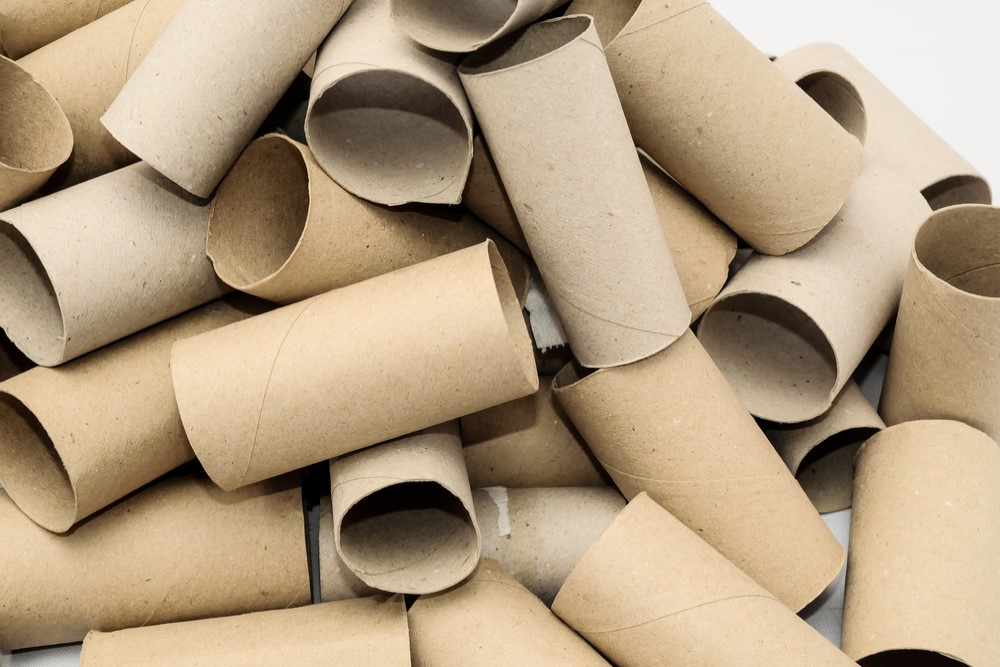What Toilet Paper Can Teach Us About Climate Change

One of the stranger parts of the COVID-19 pandemic has been people’s sudden obsession with bathroom sanitation. While there was never any pandemic-related disruption to the supply chain, nor the risk of even the strongest lockdown measures in place preventing people from buying essential groceries, many found themselves overcome by a desperate need to panic-buy vast quantities of toilet paper. Ultimately, this created a self-fulfilling prophecy in which paranoid hoarding led to the very shortage that had been feared. A similar scenario played out earlier this year when a cyberattack on Colonial Pipeline led to gasoline shortages throughout the East Coast. Panic-buying ensued once again, with individuals stockpiling vast quantities of fuel and further exacerbating an already struggling supply line.
Many of us might have the intuition that hoarding of this kind is wrong. But why? There are many ways we might try to determine the moral rightness or wrongness of an action. One of the simplest is to see whether it causes harm to others. But that’s not hugely helpful here. Suppose I hold a one-hour exam information session for my class of sixty students. In order to be fair, each student is given one minute in which to ask any questions they might have. Suppose, then, that one student ignores this guideline, and instead monopolizes a total of two minutes for her queries. It seems wrong of her to do this. But why? It’s not clear that her actions harm her fellow classmates. The extra minute she takes only subtracts slightly more than a second from each of their times – hardly enough to make an appreciable difference.
One way of explaining the wrongness of this student’s action is instead to claim that she is taking more than her fair share. We often find ourselves having to divide a finite resource amongst some group of individuals: time in a meeting, pizza amongst friends, holidays between family members. And in each of these scenarios there is, presumably, a fair way of making that division – one that gives full consideration to the interests of all individuals concerned. Once that allocation has been made, exceeding your fair share is wrong, regardless of whether it results in actual harm to others. This is precisely the kind of approach we might take toward food in a famine and water in a drought – and it explains what’s wrong about taking more than your fair share of toilet paper during a pandemic, too.
For many, the fair share approach may be so obvious as to appear trivial. But it can help inform our approach to far more complicated problems – like climate change. In 2011, nearly all countries agreed to limit the global average temperature rise to no more than 2°C compared to preindustrial levels – the maximum global temperature rise we can tolerate while avoiding the most catastrophic effect of climate changes. According to the Intergovernmental Panel on Climate Change, achieving this with a probability of >66% would require us to keep our global carbon expenditure below 2900GtCO2. As at the time of writing, only 605GtCO2 remains. Divided equally amongst the 7.9 billion population of earth, this comes out at a lifetime carbon allowance of 76.6 tonnes of CO2 per person — or around 0.9 tonnes per year over an 85-year lifespan.
Of course, it might be the case that a fair share isn’t necessarily an equal share. Another way of dividing up the carbon budget might be to instead require a proportional reduction in carbon emissions by all emitters. Put another way, this requires that everyone’s emissions peak around 2020, drop 50% by 2045, and fall below zero by 2075. The problematic side of this approach is that it allows historically high emitters to continue to emit at a much greater rate than many others around the world. As such, it provides a far more generous carbon budget for those living in a country like the U.S. According to Carbon Brief, a child born in the U.S. in 2017 will – on this approach – have a lifetime carbon budget of 450 tonnes of CO2, or 5.3 tonnes per year over an 85-year lifespan. By contrast, a child born in the same year in Bangladesh will receive only 4 tonnes of CO2, or 0.05 tonnes per year.
Of course, other factors may come into play in determining what a ‘fair share’ of carbon emissions is for each individual. One such factor is need. Suppose, for example, that I live in a part of the country where the only electricity production I have access to is derived from a coal-fired power plant. In such a case, I might necessitate a higher budget than someone who lives in a location with renewable energy options.
But the precise method by which we determine a fair share of carbon emissions is largely academic. This is because – even on the most generous allocation – we are all still horribly over-budget. In 2019 (the most recent year for which data is available), the per capita carbon emissions of a U.S. citizen was around 16 tonnes of CO2. Ultimately, this means that there is a moral imperative on each of us to do all we can to reduce our future emissions in any way possible. Some actions – like recycling and patronizing public transport – may be easy, but other changes (like the one I suggested in a previous article) may require much greater sacrifice. But without these changes, we – like those who hoarded toilet paper and gasoline – will continue to take far more than our fair share, and subsequently treat others unfairly in the process.




